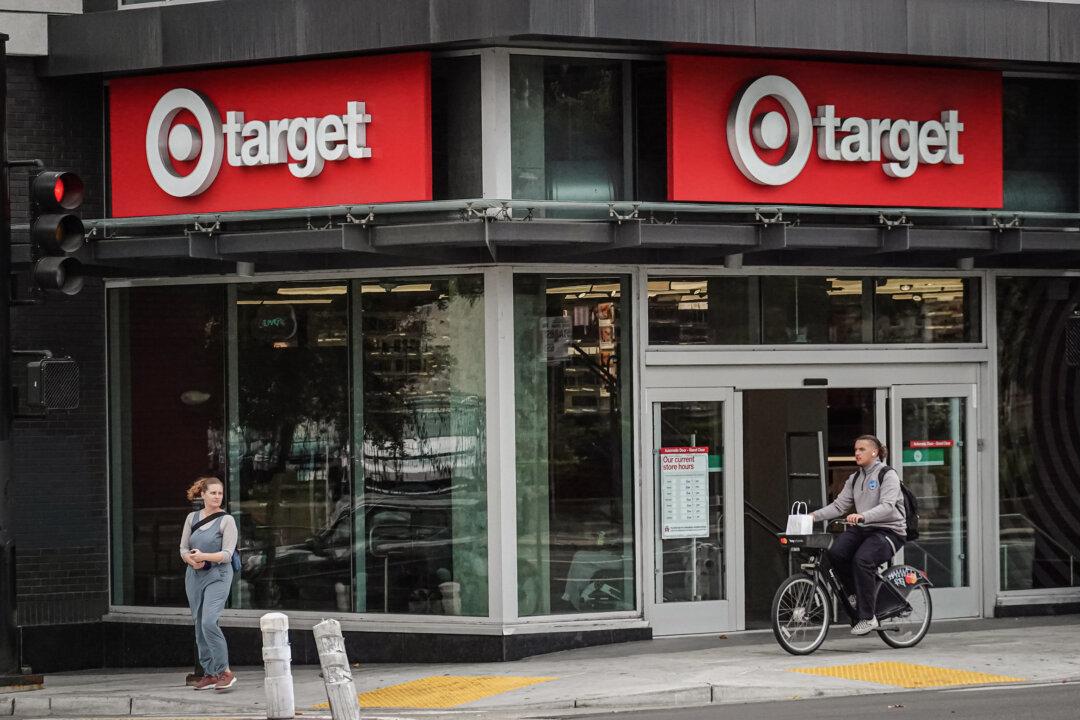Target stock fell over 8 percent on Wednesday after the retailer posted quarterly results that showed sales declining for the fourth straight quarter as inflation-weary customers pulled back on spending, especially on non-essentials.
The discount retailer, often seen as a bellwether for U.S. consumer spending and the retail sector more broadly, reported on Wednesday a drop of 3.7 percent in comparable sales in the first quarter.





